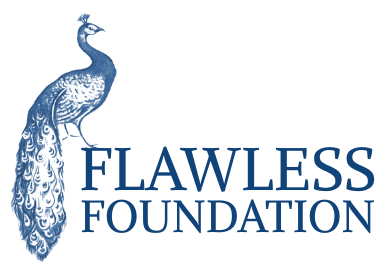By Tre Gabriel, Flawless Intern
We have never been as connected to each other and as disconnected from each other as we are now, in 2019.
Connectivity comes in the form of technology that allows us to communicate faster and easier than ever before, especially via cell phones and social media apps. Whatever your chosen platform is, you can be pretty sure that you will get an answer fast. And of course, this brings about many positives.
But sensitivity and compassion are often lost in this world of social media dependence. We are so hinged on grabbing the attention of viewers and racking up likes and retweets, that it is easy to forget that there is a real person on the other side of the screen, not just a series of responses and reactions. We find ourselves in a difficult position, where it is so easy to communicate, but so difficult to connect.
I recently attended a webinar hosted by Dr. Alan Teo M.D., M.S., Associate Professor of Psychiatry at Oregon Health & Science University, that dove into a sobering question: How has social media impacted suicide prevention? While Dr. Teo believes that suicide should be openly discussed, he also emphasized just how important it is for the media to exercise sensitivity when they report on suicide, because they control the most powerful communication platform of our time. Misusing this platform when reporting on suicide can have fatal consequences.
Two examples that Dr. Teo provided truly stuck with me. He looked at a CNN news story that covered the death of Robin Williams, with a headline that graphically described the cause of death. This headline is definitely an attention-grabber, but for the wrong reasons: it sensationalizes death by suicide. Including the method by which Robin Williams died was also undoubtedly triggering for many. This CNN headline is just one of many written using similar language. Suicide rates spiked after Robin Williams’ death, and it is important to identify every single factor to work on prevention.
Dr. Teo also spoke about the infamous Netflix show “13 Reasons Why,” which depicted a scene of a teenager dying by suicide. Producers claimed that the scene was explicitly graphic in order to convey the seriousness of suicide. They wanted to communicate to audiences that suicide should never be an option. The sad reality was that it had the opposite effect. What actually happened was a significant spike in internet searches about methods of suicide, and an increased rate of suicide in children between the ages of twelve and seventeen.
So how do we improve in addressing suicide in the media? The answer to this is complicated. Dr. Teo is is no way suggesting that we stop discussing suicide, but his lecture did help me understand just how critical it is to use the most sensitive possible language when covering suicide in the media…or any topic involving mental health, for that matter. When we do use the media to cover traumatic events, we should remember that we have one of the most powerful tools in the world at our fingertips, and we should act accordingly. As September is Suicide Prevention Month, we ask you to keep society’s most vulnerable—and indeed, your own emotional vulnerabilities—in mind before you swipe and click.







